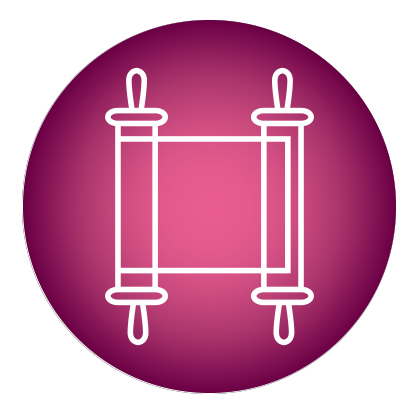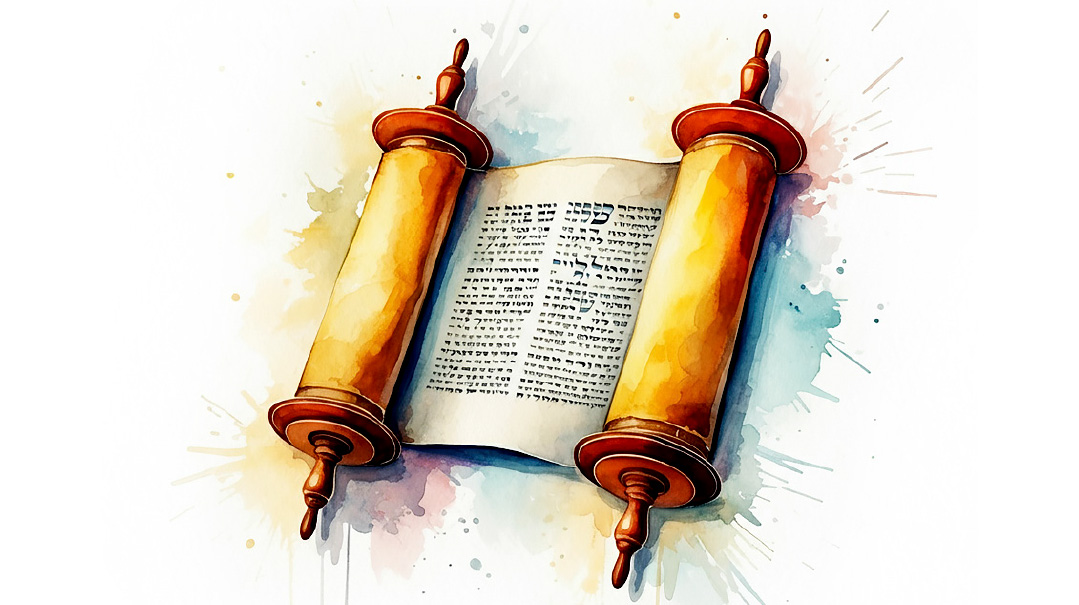Sit In

On Succos we have two mitzvos, which represent the two sides of man

“In Succos you should sit for seven days…” (Vayikra 23:42)
On Succos, we have two mitzvos: sitting in the succah, and shaking the daled minim. These two mitzvos represent the two sides of man. Shaking the Four Minim represents how man is always in movement. We are full of various wants and desires, and all of these desires are the driving force that move us. The mitzvah of sitting in the succah represents a totally different side of us. In a succah, we don’t move, we sit there. (Harav Itamar Schwartz, Bilvavi)
Some people are the movers and shakers of society. Others are the solid pillars of the community. Rare is the person who manages both, but Rabbi Lewis* is one of those.
Rabbi of a large kehillah in Eretz Yisrael, he’s constantly busy with the needs of his community, giving shiurim, advising people, paskening, doing chesed — a leader in all aspects, despite his humble demeanor. Few of his congregants truly know the depth of his tzidkus, but all know how much they rely upon and revere him as their rav.
Hashem is mainly called by two names. The first is “ado–noy;” He is our adon, our Master, Whom we serve through mitzvos. The more elevated Name of Hashem is the four-letter name of “havayah;” this refers to the simple recognition of Hashem’s existence.
The two names reflect the two sides of our life’s mission. On one hand, we “move” constantly, doing all the mitzvos, serving “ad–noy, our Master.” But we have a deeper, inner servitude as well — when we recognize Hashem’s existence and integrate our own existence with His. This is a deeper part of our life, utilizing the name “havayah.”
This past summer, Rabbi Lewis uncharacteristically took a month’s leave of absence, to travel abroad and visit his elderly mother. He hoped to bring her to Eretz Yisrael, and despite his busy routine, he devoted a sizable stretch of time to work on this.
Yet, despite his best efforts, he returned alone: He was unable to finalize her aliyah.
During Rabbi Lewis’s absence, Israel had enacted a new quarantine law: Anyone returning from abroad had to quarantine for a week upon reentry. Another week “lost.” But not when you’re Rabbi Lewis.
The fact that Hashem exists is not just a fact, but a concept we need to internalize. The mitzvah of sitting in the succah helps us accomplish this; we sit in Hashem’s Presence and strive to connect ourselves to His essence.
Our avodah on Succos is to combine these two aspects of our avodas Hashem: the Four Minim, representing mitzvos and movement, and sitting in the succah, which represents recognition of Hashem through stillness.
When filling out the forms necessary to enter Israel, Rabbi Lewis filled out the address where he planned to quarantine: the office of his shul. He didn’t want to miss out on tefillah b’tzibbur and krias haTorah and decided he’d quarantine in a place where he could still hear the tefillos. Mind you, Rabbi Lewis’s office was a small room, barely big enough for a desk and a few chairs; when you added in a cot, it was completely cramped. But in his eyes, this was an ideal setting, allowing him to be “home” in his shul after such a long absence.
The Israeli police, however, were sure they caught a live one. When they’d run the address through their system, they realized this man wasn’t staying at home; why, he must be galivanting in shul, exposing all the congregants.
The police showed up at the shul building, ready to dispense fines and fury. To their surprise, they found Rabbi Lewis sitting contently alone in his tiny shul office.
Still convinced this was a farce, they showed up a different time the next day. And the next. Each time found Rabbi Lewis, secluded in his office, learning quietly, listening intently to tefillos and krias haTorah and not violating a single law.
The kiddush Hashem of this man’s sacrifice to keep the law while preserving what was precious to him was not lost on these battle-scarred Sabras.
Some people make waves, others make ripples — some make the most powerful impressions by simply sitting still.
(Originally featured in Family First, Issue 760)
Oops! We could not locate your form.


